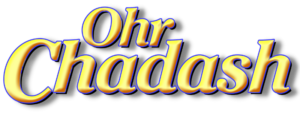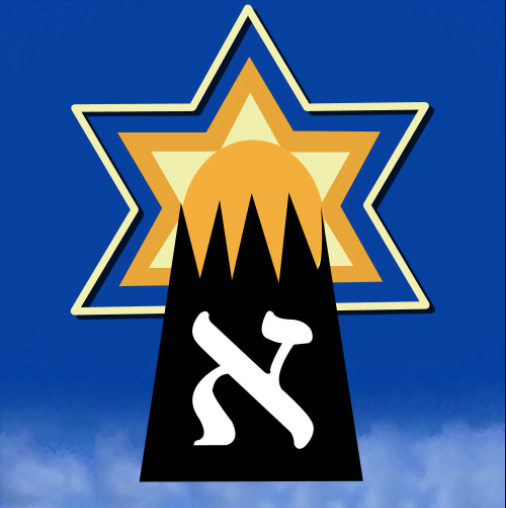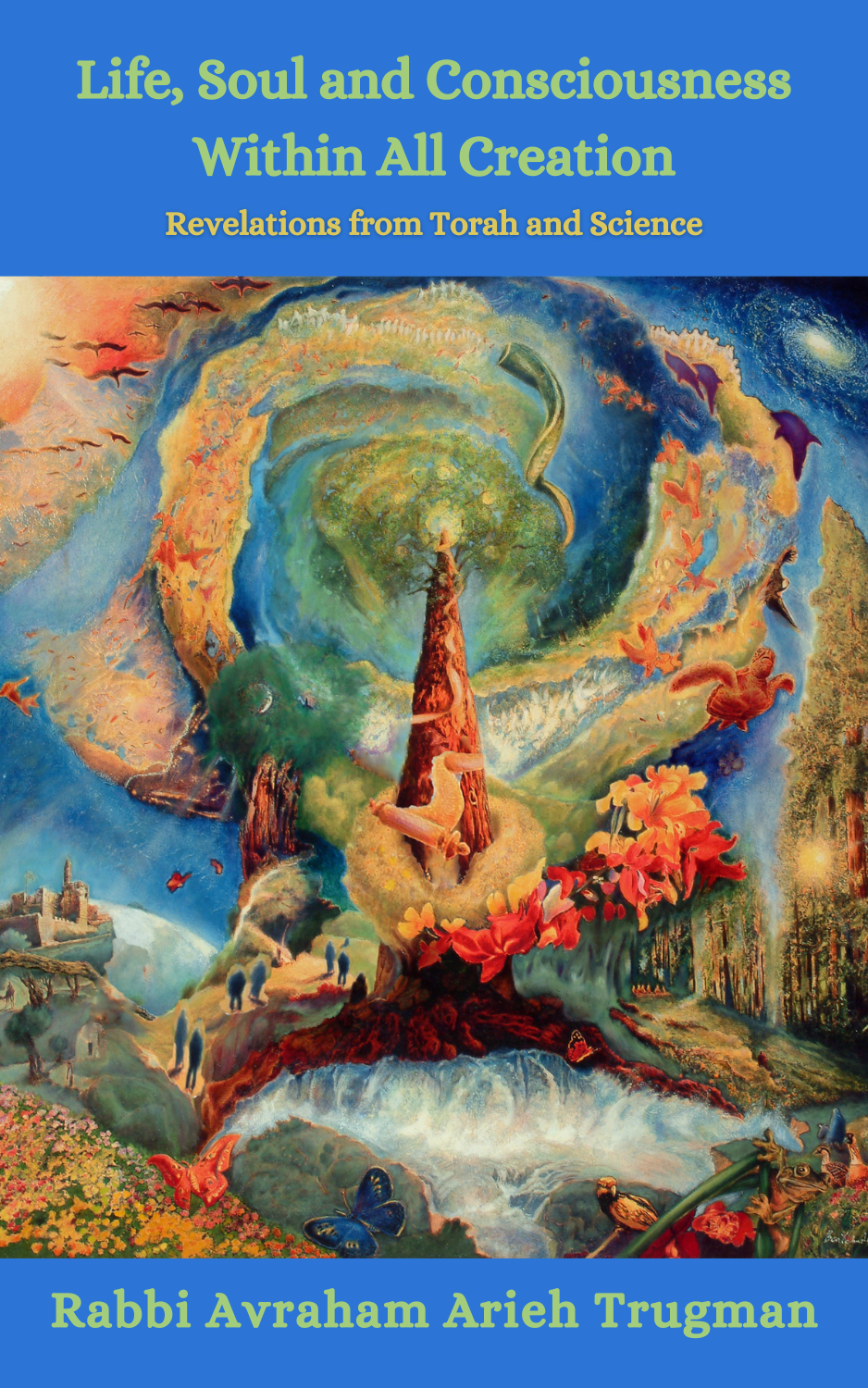As mentioned above, along with commemorating the initial siege of Jerusalem by the Babylonians, an additional reason given for fasting on the Tenth of Tevet is to commemorate and mourn the translation of the Torah into Greek, a project ordered by King Ptolemy in the third century BCE. 72 Jewish elders were employed to accomplish this task, and sure enough the translation was concluded on the tenth of Tevet.
Theoretically, one might ask: why should the translation of the Torah into Greek be a reason for fasting and mourning? Abraham dedicated his entire life to spreading the knowledge of one God, and it was the Hebrew Prophets who first expressed a universal vision of mankind – shouldn’t spreading the Torah to the whole world be a reason to celebrate?
This question is amplified when reading Deuteronomy 27:12: “As soon as you have crossed the Jordan into the land that Hashem your God is giving you, you shall set up large stones. Coat them with plaster and inscribe upon them all the words of this Torah.”
According to the homiletical tradition, the Torah was inscribed on these stones in the seventy archetypal languages of humanity so that all the nations of the world could learn and understand it’s teachings, thus implying that translating the Torah is an imperative for the ultimate purpose of teaching the nations.
Yet, when the Elders translated the Torah into Greek, the direction of the writing was reversed. Hebrew is written from right to left, the opposite of Greek, which reads from left to right. The wisdom of the Torah comes from a higher place than human intellect; it flows down from Above, which in Jewish tradition is symbolized by going from right to left; in Kabbalistic terms, this means going from chochmah to binah. What the Greeks wanted to do was to reverse that flow, to turn the Torah into nothing more than literature, a product of human intellect that is not rooted in the Divine, and is not considered a product of prophecy. This shift is symbolized by going from left to right, from binah to chochmah.
In order to rectify this day, we need to learn to “translate” the Torah into a language that the whole world can understand, without compromising our faith in its Divine origin and energy. Just as each person is different and unique in their appearance, so too, the Talmud explains, each person is different in intellect and worldview. Thus, we need to create a multitude of ways to explain the concepts of Torah crafted specifically for each and every individual. However, we must never cheapen the Torah’s true value in the process.
This rectification is an essential step toward drawing the Messianic era closer and inaugurating the Third Temple. Indeed, Solomon’s vision when he originally inaugurated the First Temple was nothing less than Messianic. In fact, when he initially dedicated it he declared in no uncertain terms that, ultimately, it should be a place for all peoples of the world to come together and unify under the banner of One God:
“And also to the stranger, who is not of Your people Israel, but will come from a far country for the sake of Your Name. For they shall hear of Your great Name, and of Your mighty hand, and of Your outstretched arm, and he will come and pray toward this house. You shall hear in heaven Your dwelling place, and do according to all that the stranger calls You for, that all peoples of the earth may know Your Name, to fear You, as do Your people Israel, and that they may know that Your Name is called upon this house that I have built” (Kings 1: 41-43).
The Tenth of Tevet is a perfect time to pray for and reconnect to a rectified form of that original vision.







